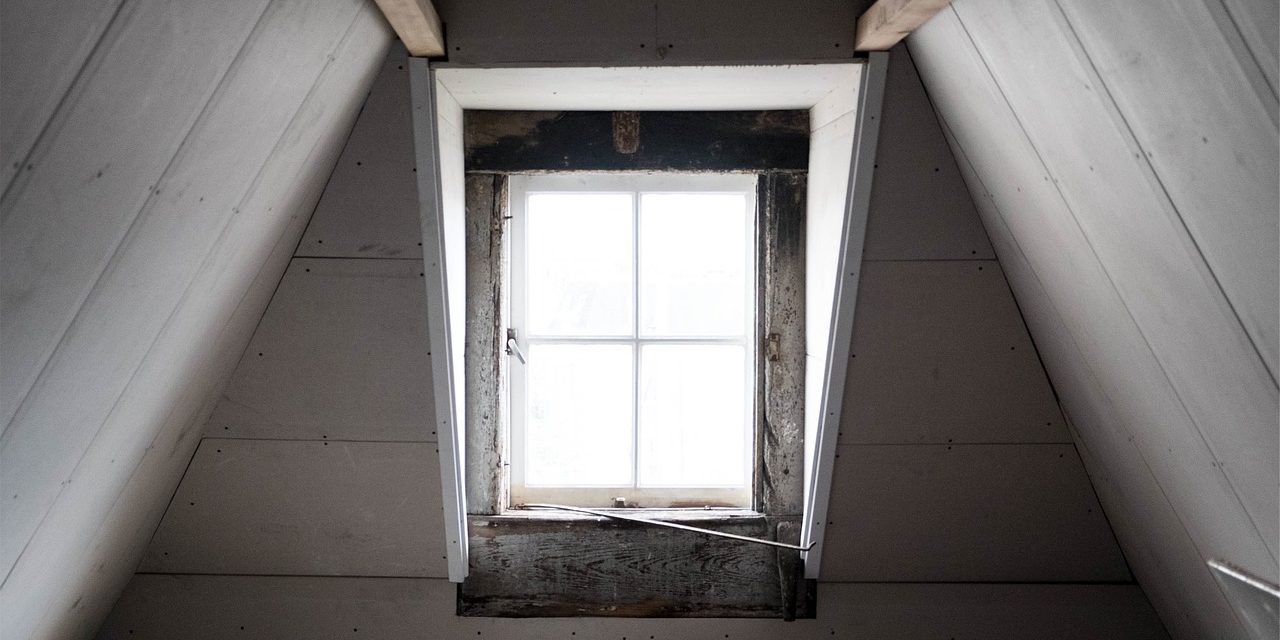The room between the roof and the ceiling of the house’s highest level is known as the attic. It is generally stuffed with padding, as well as heating and cooling appliances.
If you have an attic in your house, you are already aware of a common attic problem like excessive heat. And you might have several questions in your mind for an instant, what is the source of the heat? How is it possible to get such high temperatures in a typical house? Is it even possible to live in such warmth?
Let’s go through the effects of excessive heat in the attic:
How Does Excessive Heat Affect Your Attic?
If the temperatures are warm and the sun shines straight to the roof, the shingles are heated to unhealthy temperatures. The temperature inside the attic can be up to 50 degrees hotter than the outside temperature.
A hot attic is undesirable for many reasons. High temperatures in your attic reduce the life of your shingles. Excessive heat degrades objects stored in the attic which can lead to moisture issues in your home.
Heat and moisture damage can be a frightening thing. Contrary to a tornado, the damage will eventually be done over longer stretches, and before it is too late, you may not realize this.
Suddenly on your windows, you see the mold is building. Another challenge that may lead to molding on roof rafters, roofing joints, and ironing boards is the moisture collected in an attic or crawl space. Such mold and moisture weaken the sheathing of the splice roof, which ultimately separates the splice layers. Where the problems are so severe that the heating has to be substituted, the roof’s shingles must therefore be stripped and restored.
Not only can heat and humidity threaten the quality of the foundation of your house, but they can also lead to health problems and maybe even termites. It could take some time to do that. It’s a slow operation, but it’s a difficult thing to interrupt when it begins.
The upper floor is warmer than the lower floor for practical reasons. And if you have a dormitory bedroom, the tenants in the summer are uncomfortable. You have to question if the attic temperature can be less.
Attic bedrooms provide more square feet and more bedrooms, so the house’s worth is much increased. But the rooms in your home can absorb more heat than other rooms. Here are such hot attic solutions that can overcome the excessive heat in the summers:
Hot Attic Solutions: How to lower attic temperature:
Attic Fans:
Cooling an attic bedroom via an oscillating fan without insulation is the safest and most accessible approach. Depending on the size and circumstance, install one or more such oscillating fans.
Attic fans spray the hot air to refresh the house and do not have to labor as hard as the air conditioning unit. Not only does this stop wear and tear, but every month it reduces the electricity bills.
Insulations:
In humid, dry climates, attic insulation is an excellent way to save money while keeping your home cozy. Insulation acts as a foil to temperature extremes, preventing heat loss and gain in a building. Attic insulation can save up to 20% on a home’s heating and cooling costs, making it one of the most effective energy-saving resources at your disposal.
However, it is not convenient to insulate an attic. The construction must be completed correctly to enjoy all the advantages of attic insulation. In addition, because hot weather attic insulation varies from cold weather attic insulation, it is necessary to know the correct form of insulation to use.
Sealing:
It is dusty and dirty work, but it is the easiest and fastest way to cut your energy bills. Seal any gaps near plumbing, recessed lighting, or vents. In the heat, the attic can reach temperatures of up to 150 degrees and prevent superheated air from entering your living room. Sealing these leaks properly will save you up to 10% on your monthly electricity bill.
Vents:
Adding a ridge, gable or louvered vent to your home will help drive hot and cold air out of your attic. And it looks good too!
Hardware stores have a wide selection of air vents, some of which are manually controlled by the wind and some powered by electricity or solar power. Electric or solar-powered vents will have a thermostat that will activate your vent when the temperature in your attic exceeds a certain level.
Conclusion
Since most morning hours are spent evaporating moisture from the roof surface, the attic cools down just below ambient levels during the evening hours and does not climb to the same degree as the ambient air temperature.
The peak attic air temperature may be out of step with the peak ambient air temperature, particularly on white tile and gravel roofs with higher thermal capacitance. To get you hot attic solutions, contact attic insulation companies near you.






